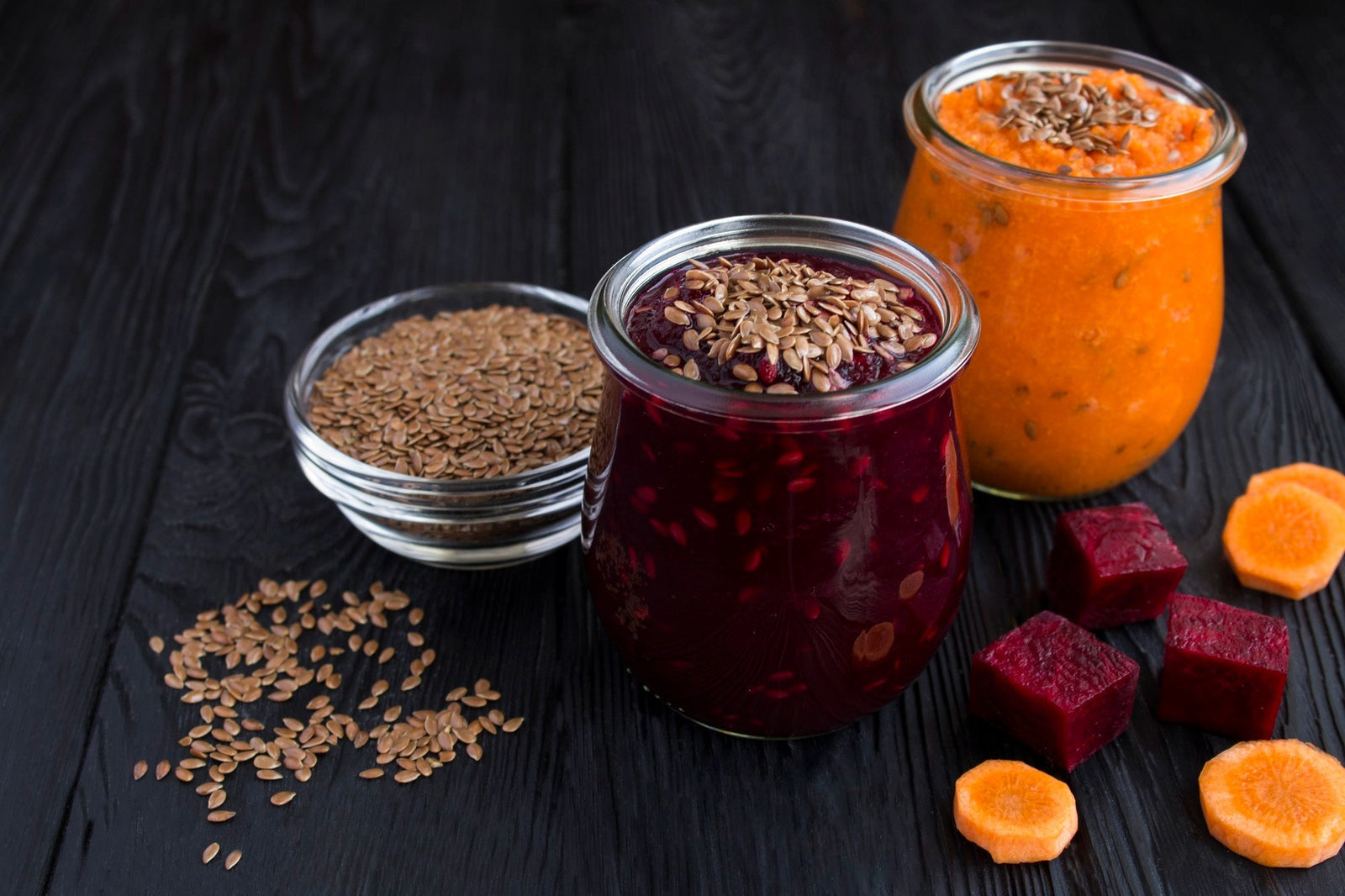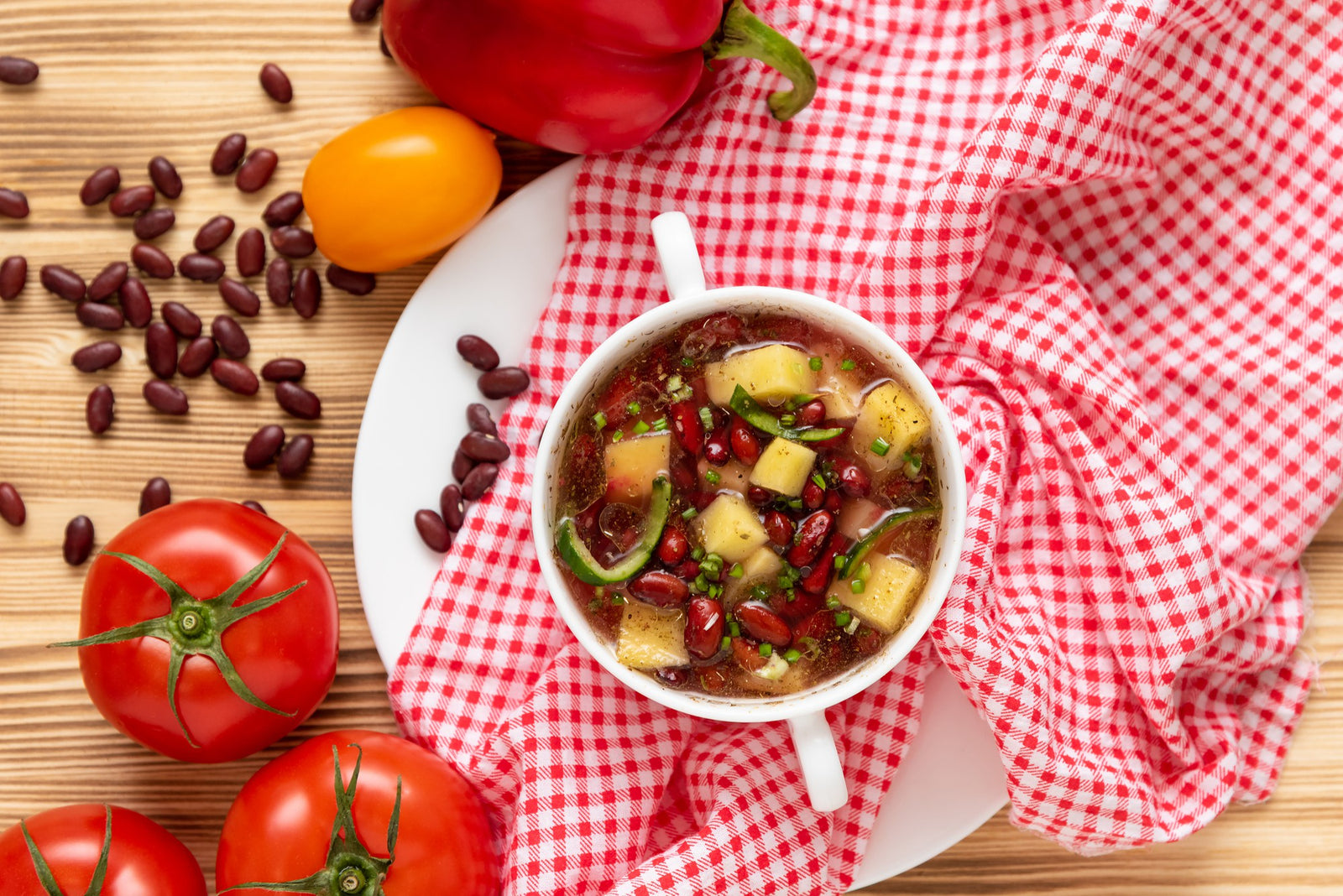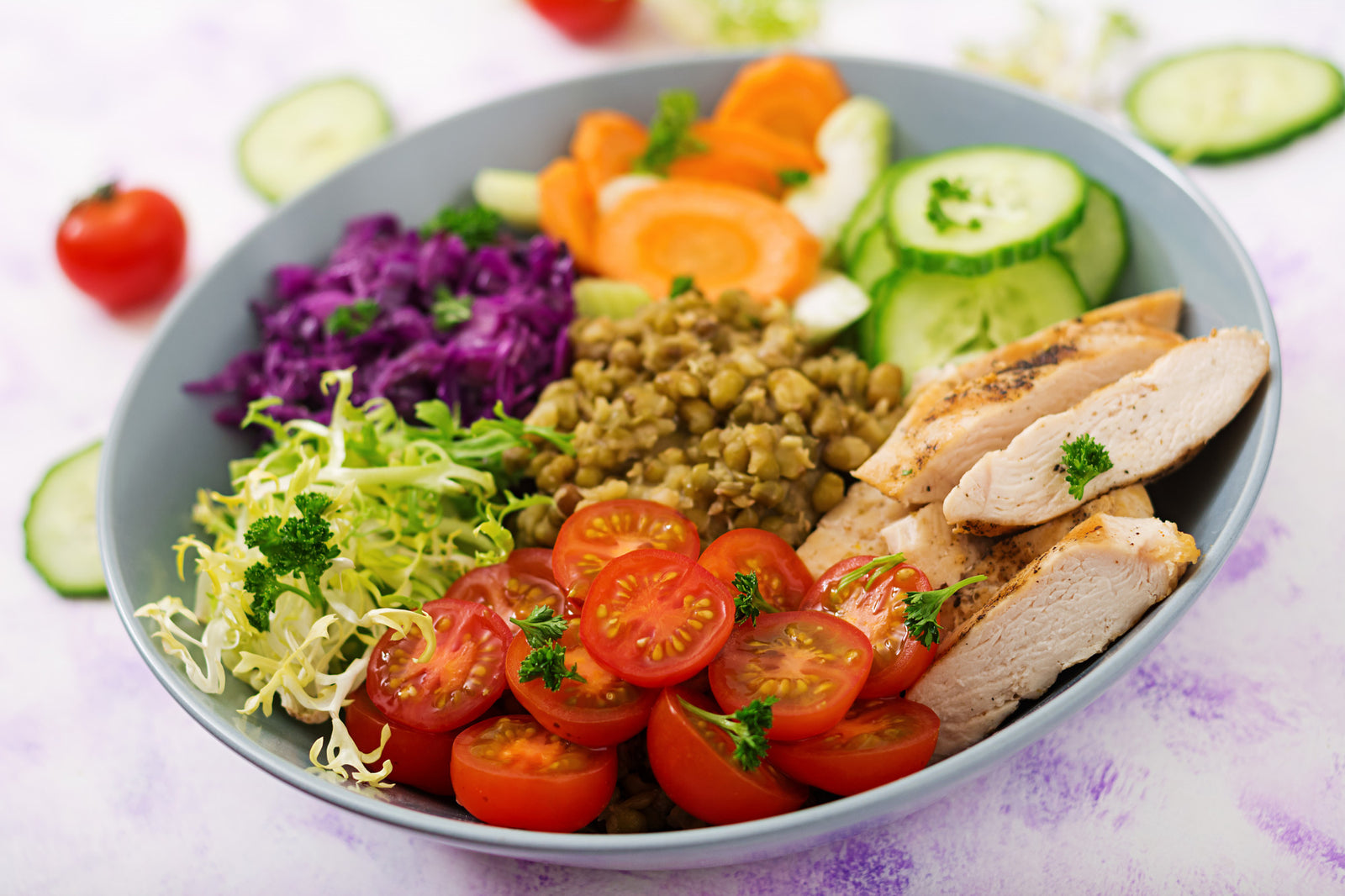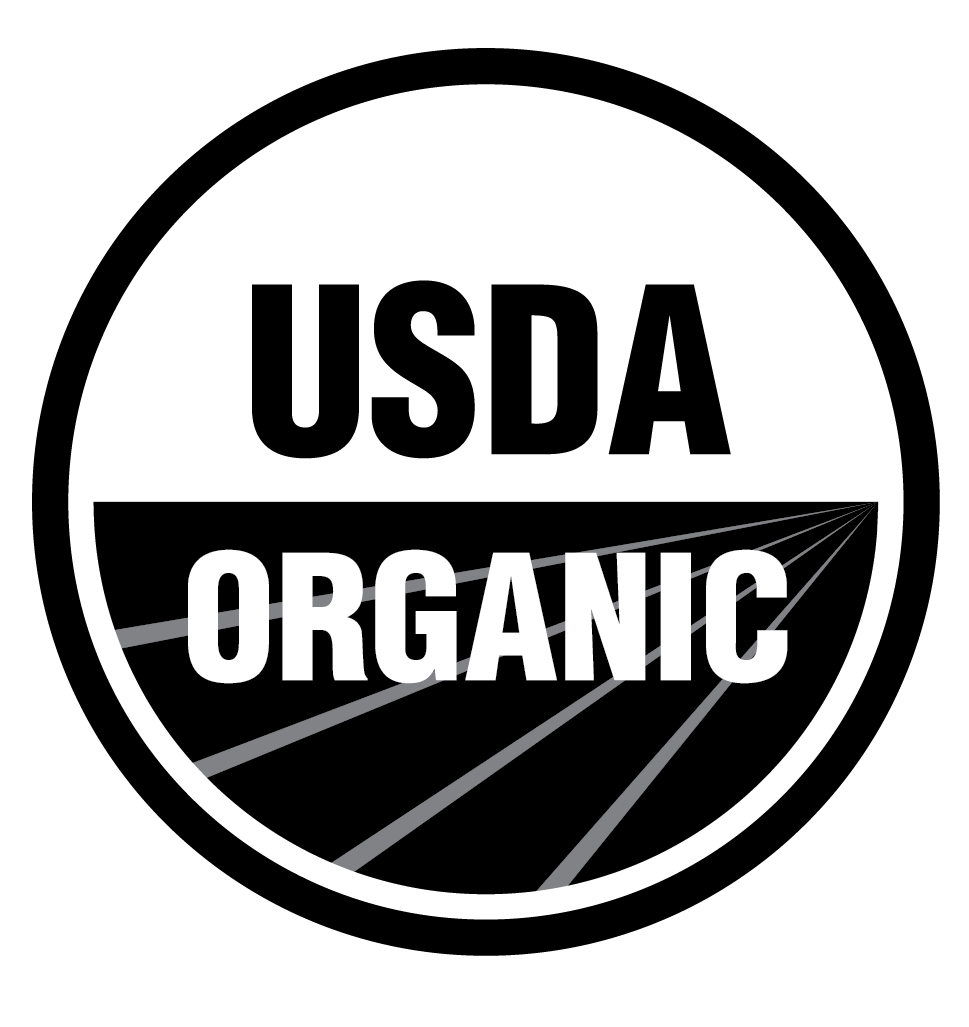
March 07, 2023 4 min read
One of the most famous snacks in the world is popcorn. Popcorn is a versatile food that has been loved for ages, whether it is consumed with a movie or just as a snack. However, did you realize there are two distinct varieties of popcorn? The two most popular varieties of popcorn are white and yellow, but many people might not be conscious of the distinctions between the two. We will examine the variations between white popcorn and yellow popcorn in this piece.
The most noticeable difference between white popcorn and yellow popcorn is their appearance. As the name suggests, white popcorn is predominantly white in color, with a slightly translucent appearance. In contrast, yellow popcorn has a bright yellow color and is much more opaque. This difference in color is due to the different types of pigments present in each variety of corn.
White popcorn is a type with a gene that inhibits the production of pigments called anthocyanins, giving rich give corn its characteristic yellow color. As a result, white popcorn has a mostly white color, slightly yellow or gray tint. Yellow popcorn, on the other hand, contains the pigments that give it its bright yellow color. These pigments are called xanthophylls, which are responsible for the yellow color of many fruits and vegetables.
White popcorn and yellow popcorn may look different, but their tastes are very comparable. Both varieties of popcorn have a mild, slightly sweet, and unmistakably corny taste. While some contend that golden popcorn has a richer, butterier flavor, others contend that white popcorn has a slightly nuttier flavor.
The kind of oil or butter used to prepare the popcorn is one element that can impact its flavor. While some people prefer to use butter or vegetable oil to prepare their popcorn, others favor using coconut oil or ghee. The taste of the popcorn can be significantly influenced by the type of oil or butter used.
There are some variations between white popcorn and yellow popcorn in terms of nutrition. While both varieties of popcorn are generally low in calories and high in fiber, white popcorn has a small advantage over yellow popcorn in both of these categories.
Approximately 31 calories and 1.2 grams of fiber are found in one cup of air-popped white popcorn, while 35 calories and 1 gram of fiber are found in one cup of air-popped yellow popcorn. Both varieties of popcorn are regarded as nutritious treats despite these minor variations.
The addition of toppings should also be taken into account when assessing the nutritional worth of popcorn. Although popcorn eaten plain is a nutritious snack, many people prefer their popcorn flavored with butter, salt, or other ingredients. You must be careful when choosing toppings because they can greatly raise the calorie and fat content of the popcorn.

Both white popcorn and yellow popcorn are popular for making popcorn at home. They can be cooked in a variety of ways, including using a popcorn maker, stovetop method, or microwave. They can also be seasoned with a variety of flavors, including salt, butter, cheese, caramel, or even hot sauce.
The same techniques can be used to make golden and white popcorn. There are many ways to prepare popcorn, including the stovetop, microwave, and air poppers.
Stovetop: You'll need a sizable pot with a lid, oil or butter, and popcorn kernels to prepare popcorn on the stovetop. Heat the pot on medium-high, then add enough butter or oil to coat the bottom. Popcorn seeds should be added to the hot oil or butter after which the pot should be covered. To guarantee even popping, occasionally shake the pot. Remove the pot from the heat when the popping calms down and pour the popcorn into a bowl.
You'll need a microwave-safe bowl with a lid and popcorn kernels to prepare popcorn in the microwave. When the popping has slowed down, add the popcorn kernels to the dish, cover it with the lid, and microwave on high for 2-3 minutes.
Popcorn seeds are simply placed inside the air popper, which is then turned on to begin making popcorn. The popcorn will be heated and popped by the machine before being gathered in a bowl or other container.
Be careful to follow the directions on the package as different kinds of popcorn may require slightly different cooking times and techniques.
Although the flavor and texture of white and yellow popcorn may differ slightly, both are satisfying and healthy snack choices. Popcorn is a high-fiber, low-calorie food that, when made correctly, can promote general health and wellbeing.
Choose whole-grain, minimally processed types of popcorn, and make it at home with wholesome ingredients to reap the benefits. You can make a variety of tasty popcorn snacks that are filling and healthy with a little imagination and experimenting.
❤ Try our USDA certified White Popcorn and Yellow Popcorn ❤
Related Recipes:
Thanks for reading this Be Still Farms Blog article. To sign up for more news/articles and/or recipes, click here. For more about us, click here. To shop our certified organic products, click here.
Please comment and share and we look forward to serving you in the future!
Comments will be approved before showing up.

January 27, 2025 3 min read
Flaxseed, the tiny yet powerful superfood, is packed with nutrients that can support weight loss. From curbing hunger to stabilizing blood sugar, this guide dives into the science of how flaxseed can help you shed those extra pounds.

December 11, 2024 3 min read
Discover three quick and easy soup recipes featuring organic small red beans. From a classic vegetable soup to a creamy potato blend, these wholesome recipes are perfect for chilly days and busy weeknights. Packed with flavor and nutrition, these soups will warm your heart and soul this winter!

December 06, 2024 3 min read
This vibrant and nutritious Green Lentil Salad combines tender lentils with grilled chicken, fresh vegetables, and a zesty lemon dressing. Packed with protein, fiber, and essential vitamins, it’s the perfect healthy meal for any time of day.
© 2025 Be Still Farms- Real, Fine Organics.
Privacy | Terms | Refund Policy | Organic Certification
